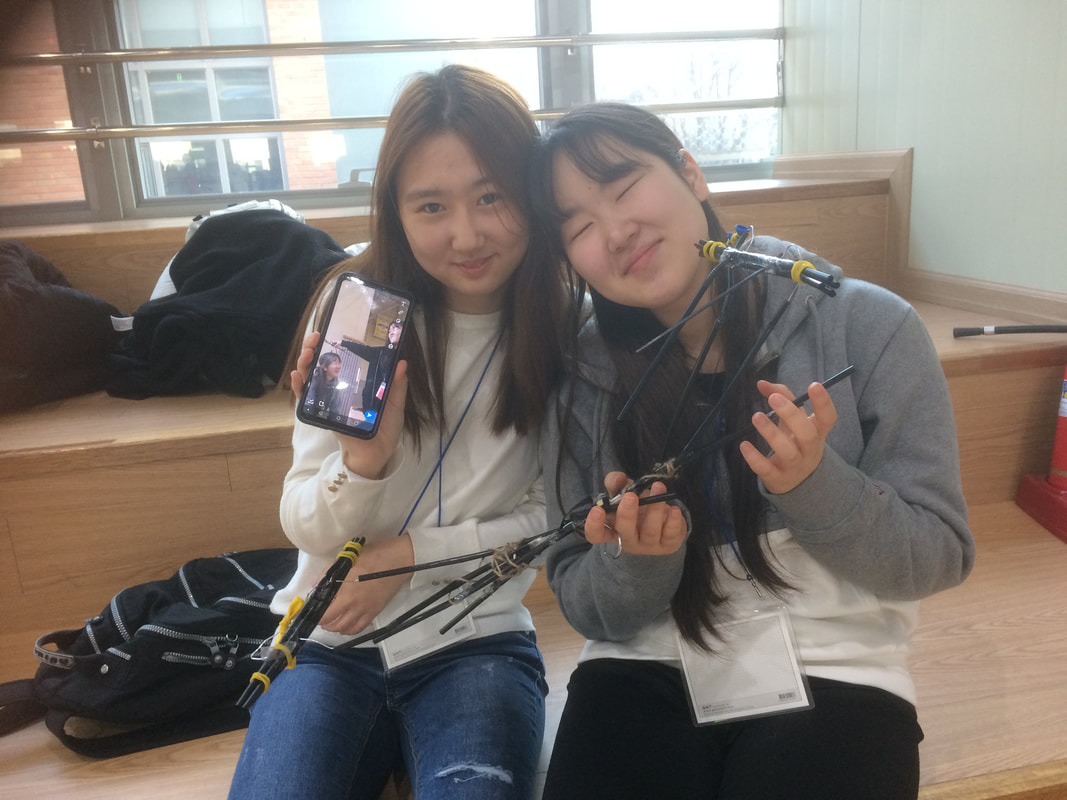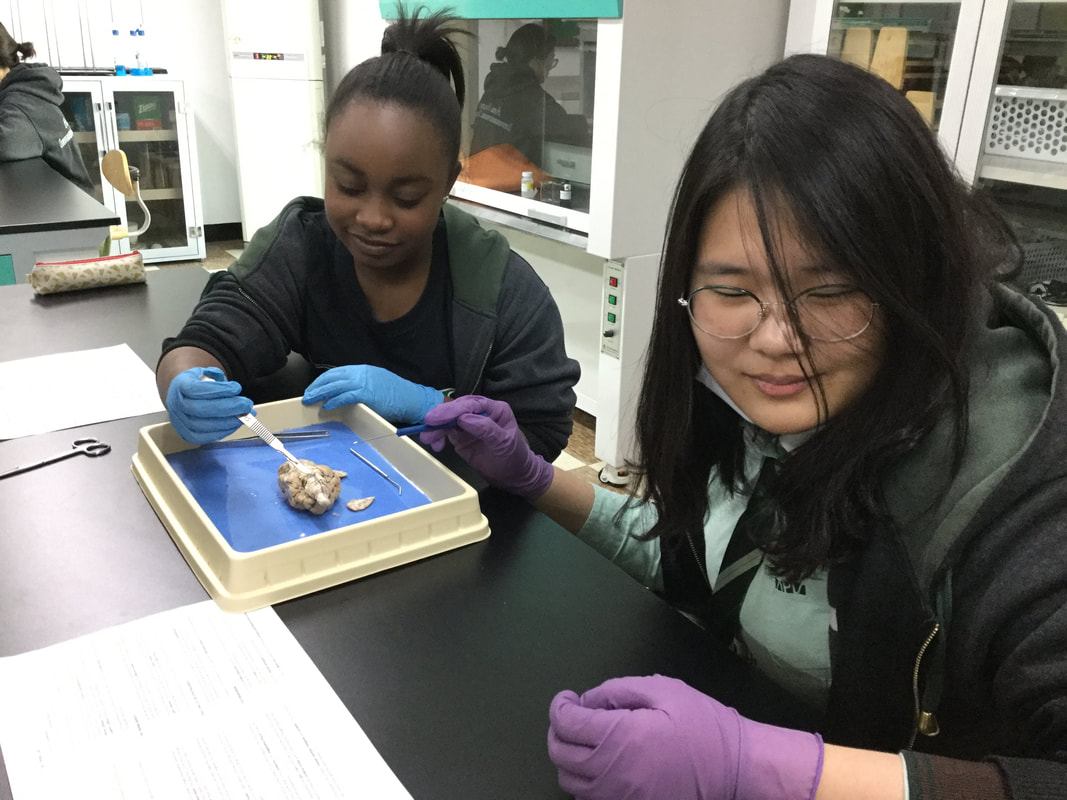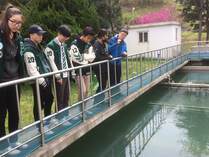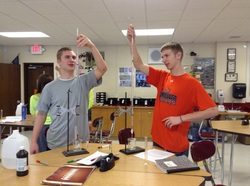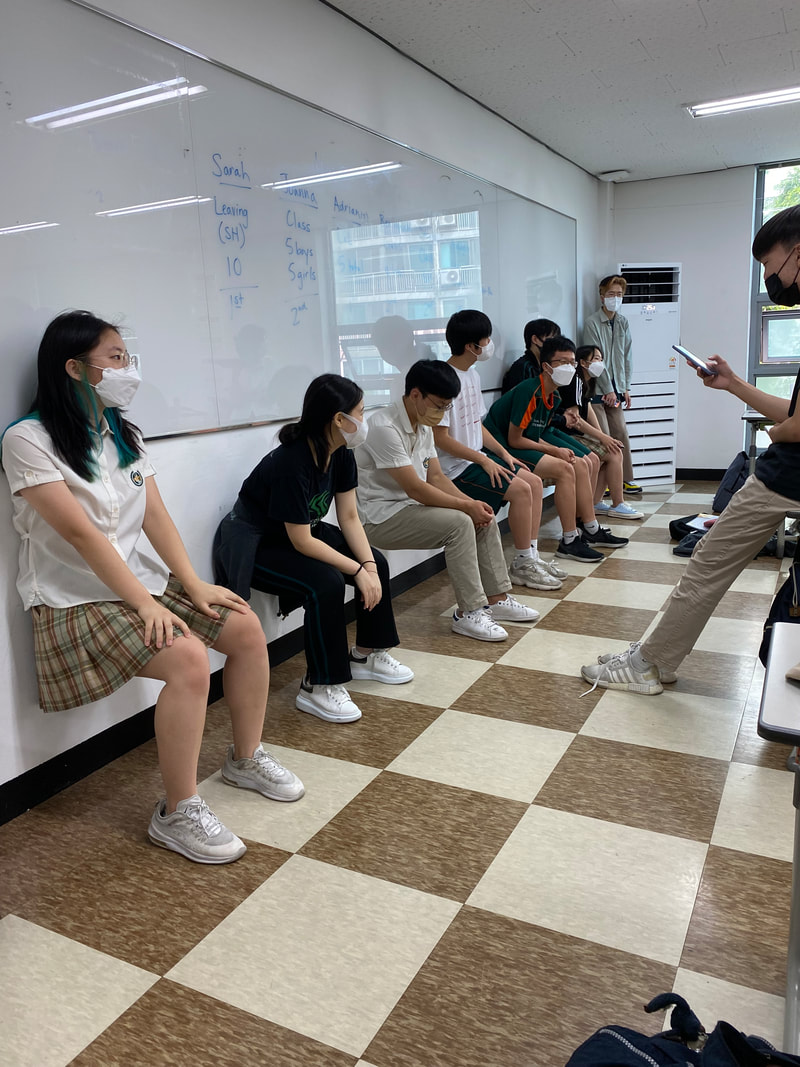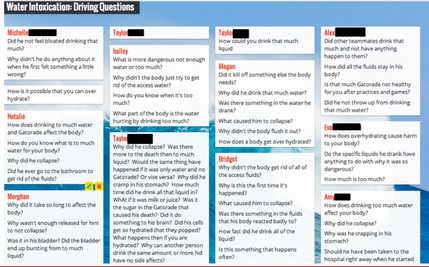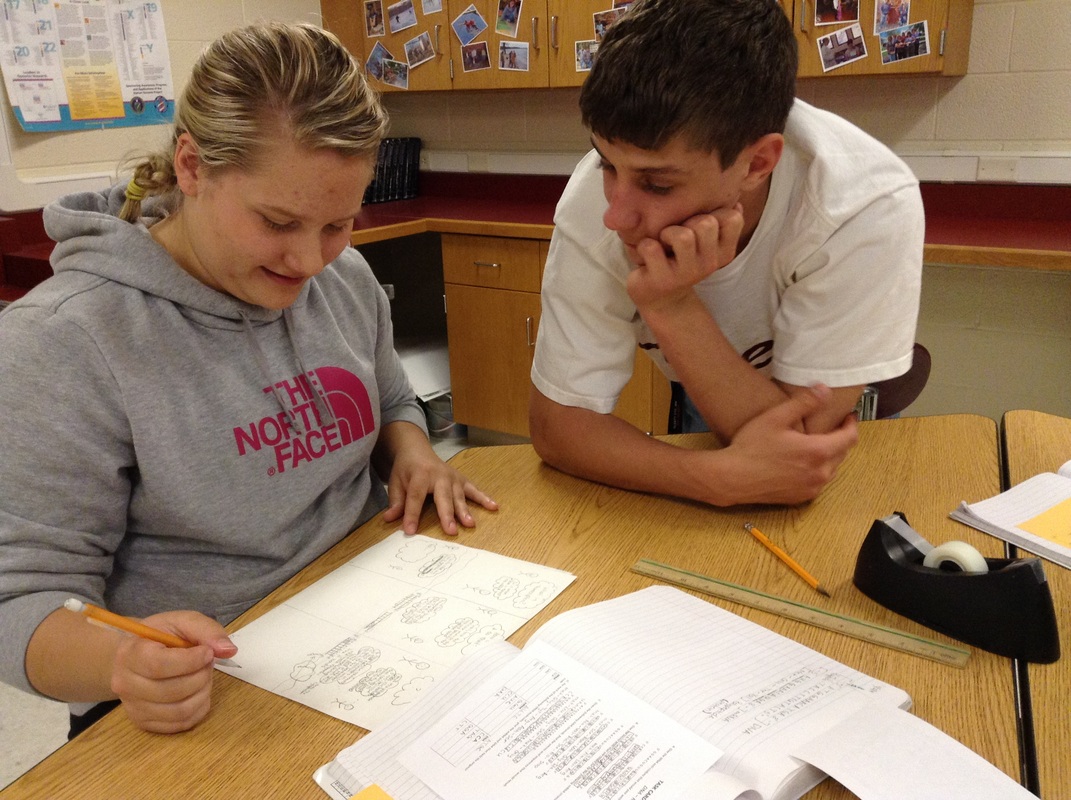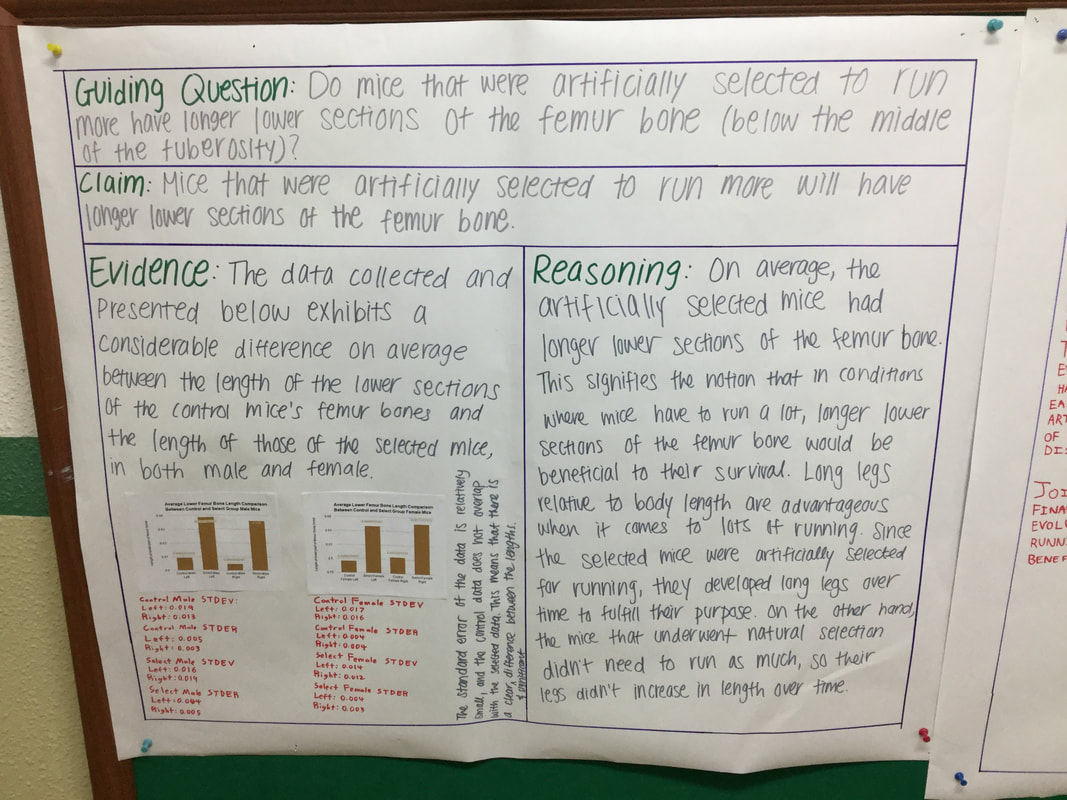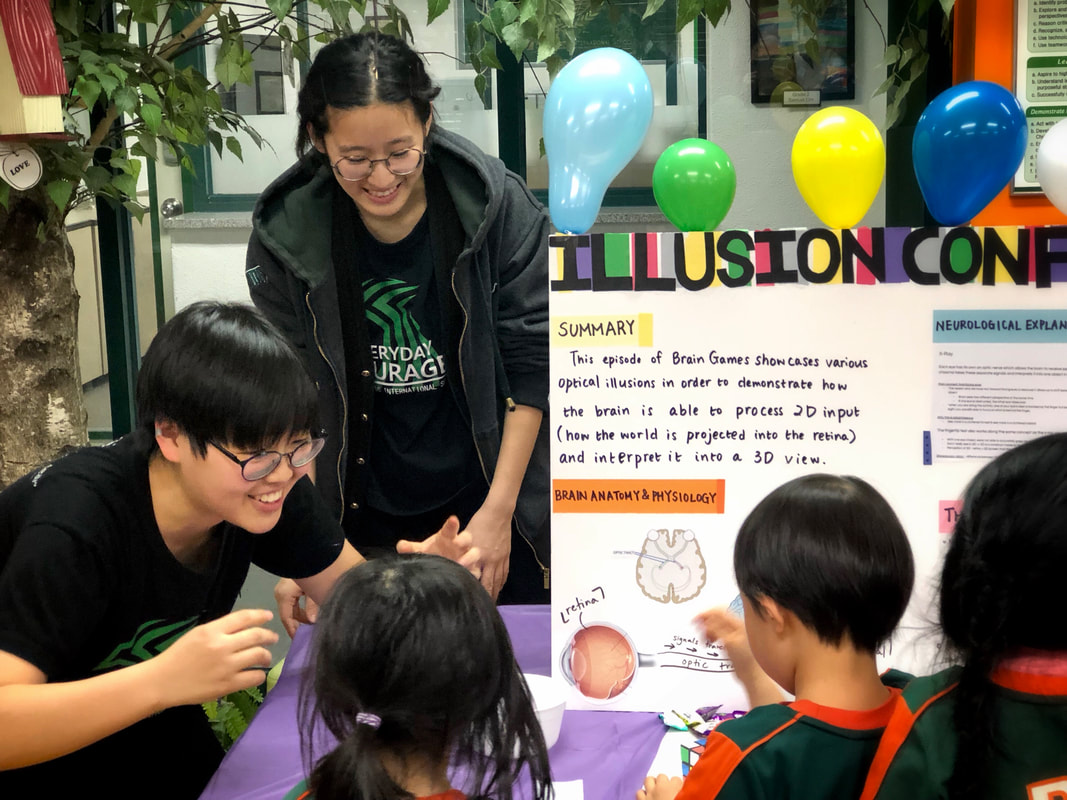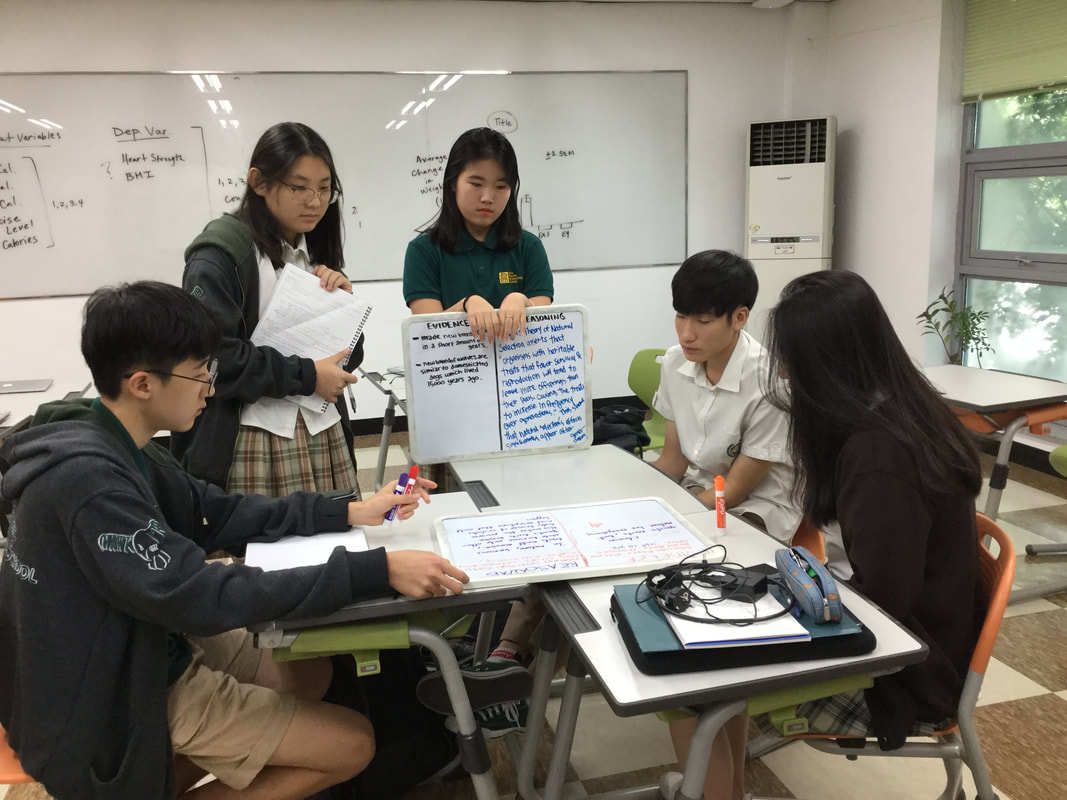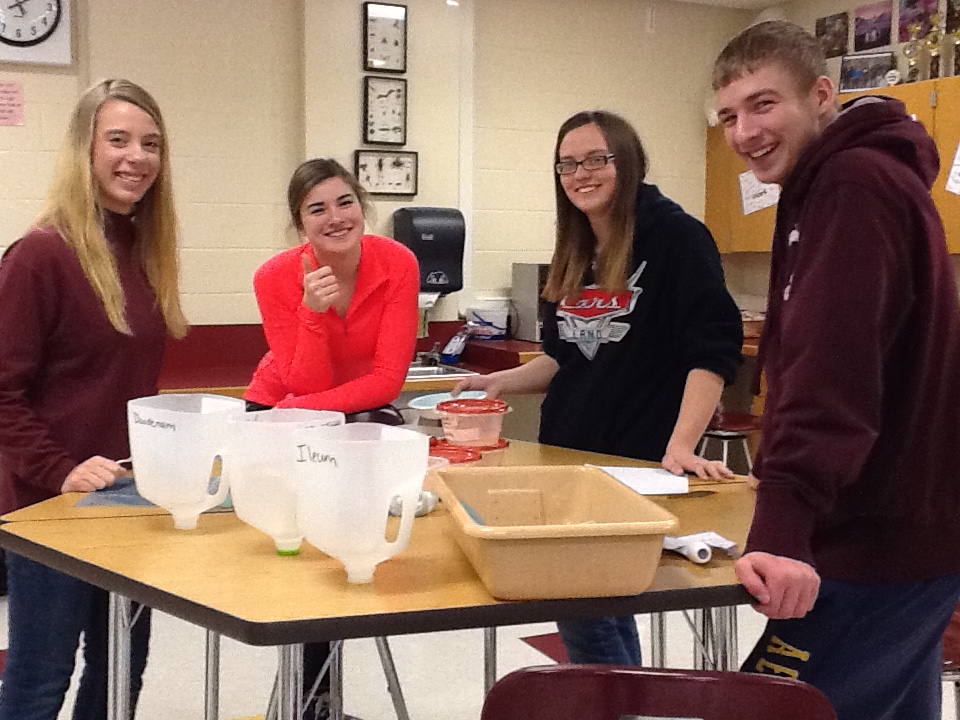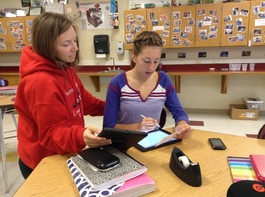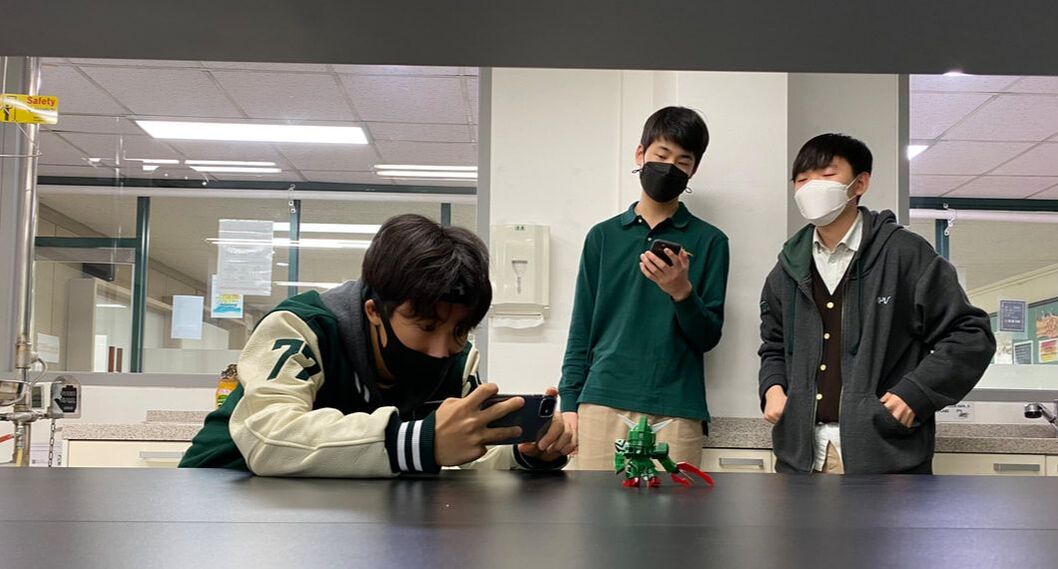Science
|
Curiosity-Driven CurriculumWhen students are first presented with a complexing problem, a puzzling scenario, or a discrepant event, before diving into content, their brains are better "primed" for making new learning connections. Every unit in my classes is started with an experience that gives students that sense of disequilibrium. They have a chance to explore their own questions related to that experience, and those questions continue to drive the unit.
To understand in more detail what this looks like in my classroom, follow these links to two blog posts I wrote on the topic: Driving Questions, Part 1 Driving Questions, Part 2 |
Collaborative Problem-Solving
When student teams are used intentionally and thoughtfully in a science classroom, profound learning takes place. Outlining clear expectations and promoting a respectful, comfortable classroom creates an environment in which teams of students can learn from each other and push their peers to consider questions from different perspectives. While much of the learning is done in teams through experiments, simulations, discussions, peer review, debates, and projects, individuals are assessed continuously throughout this learning cycle.
This blog post is a peek into what team work looks like in my classroom. And here's another post on the power of teams in learning.
This blog post is a peek into what team work looks like in my classroom. And here's another post on the power of teams in learning.
Standards-Based Learning
|
|
Students learn at different rates and in different ways. It's my responsibility to provide them with the time and the tools to truly master science content and processes. Standards-Based Learning is one of the foundational pieces of this process in my classroom. Students know what learning goal they are working toward, are supported in their learning with multiple modes of discovery, have numerous opportunities to "practice" and connect to their new learning, and gradually step through increasing levels of assessment based on depth of knowledge.
Copies of Biology learning targets and rubrics are embedded below. Also, a link to a blog reflection on the first year of Standards-Based Learning can be found here. |
Technology Integration
While technology does have some utilitarian purposes in my classroom, such as distributing and receiving information to and from my students, my goal is to provide students with as many opportunities as possible to use technology to create, collaborate, and connect. Here are just a few examples (many shown in the photos below) of how students in my classes have used technology to support their learning and make their thinking visible.
The following blog posts describe in more detail some of the ways technology is woven through the curriculum.
Cross-Country Collaboration
Student Archival of Learning Via E-Portfolios
Frosting Without The Cake
Student Blogging
Stop Motion Biology
Flip-Class Photo Gallery
- Creating stop-motion videos of synaptic transmissions and the lac operon.
- Visually displaying variation in living organisms in their environment.
- Blogging about research projects for Elementary readers.
- Connecting with scientist mentors via website messaging.
- Creating mind-maps connecting climate change and the carbon cycle.
- Participating in a Google Hangout with a neuroscientist.
- Designing videos to explain their research on class questions.
- Building digital food webs.
- Sharing experimental data with the use of video.
- Participating in a Twitter Chat between students and scientists.
- Explaining the neuro-physiology of zombies using video apps.
- Designing digital comic strips to explain the Central Dogma of Biology.
- Using digital sensors to monitor nitrate and oxygen levels in the local river.
- Student-created digital portfolios to show learning progression.
The following blog posts describe in more detail some of the ways technology is woven through the curriculum.
Cross-Country Collaboration
Student Archival of Learning Via E-Portfolios
Frosting Without The Cake
Student Blogging
Stop Motion Biology
Flip-Class Photo Gallery
